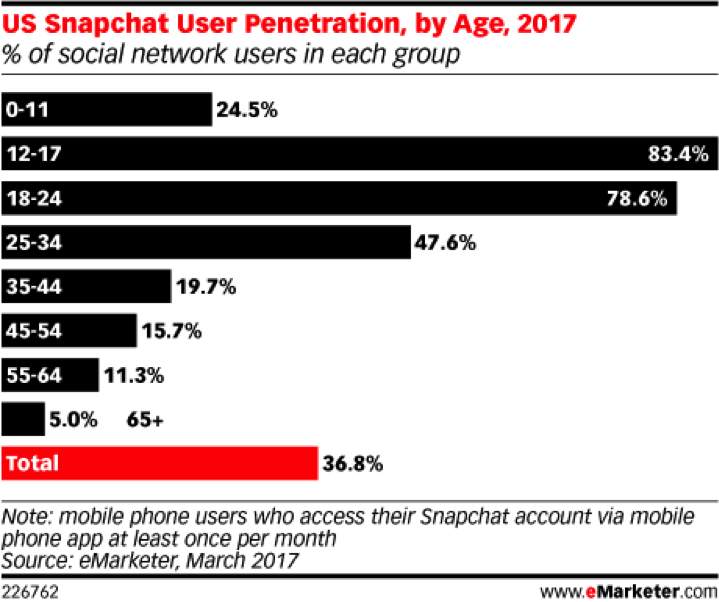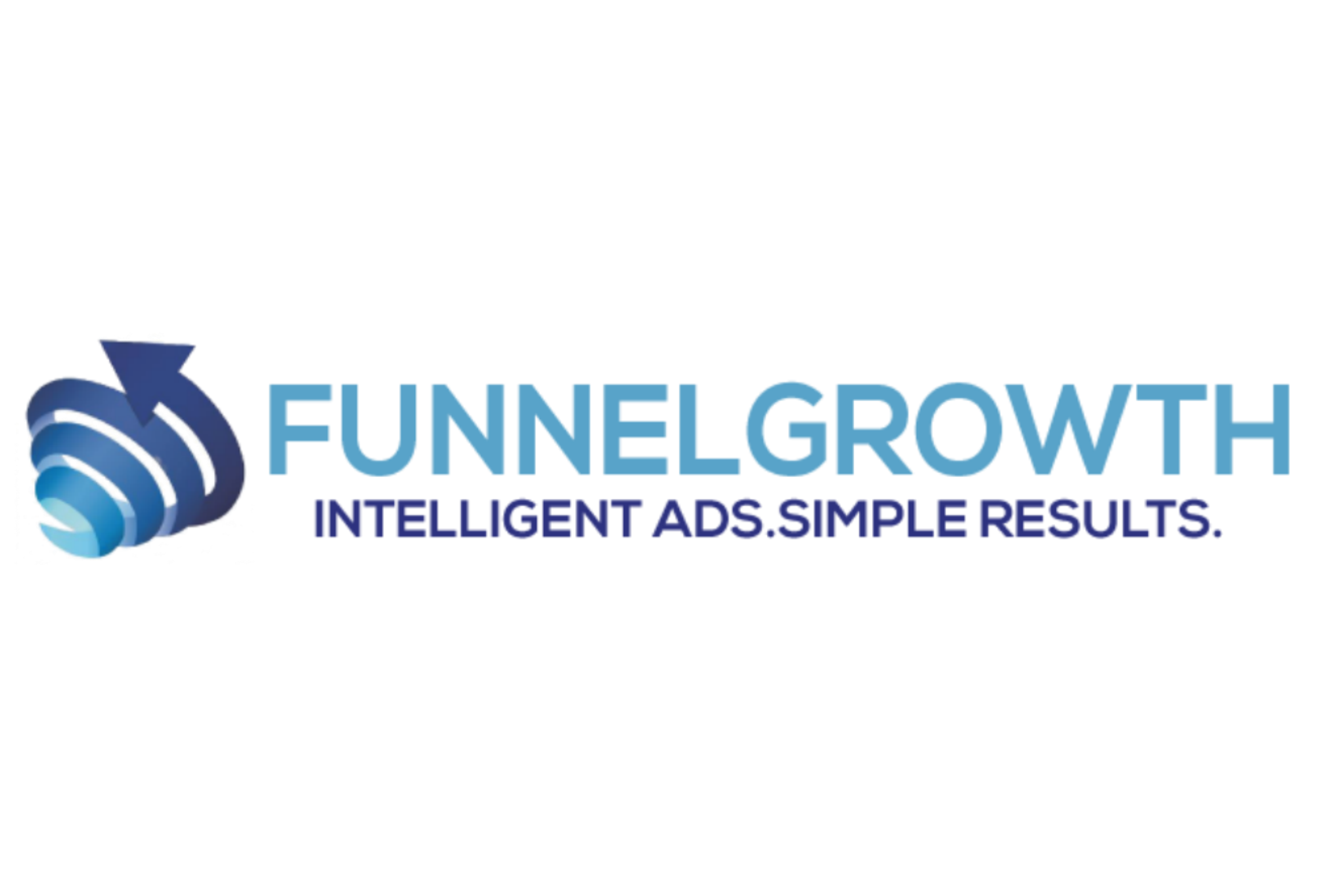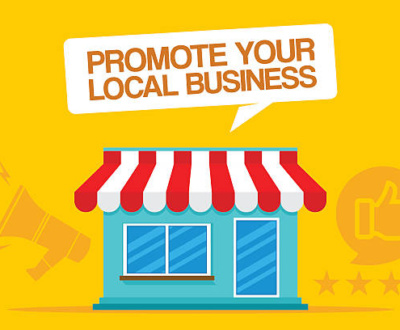Social media has made it easier than ever to connect with potential customers directly – if you do it right.
When executed properly, social media marketing can bring quick, high ROI. But if you aren’t careful, you may spread yourself thin and miss the chance to connect with your target audience.
Unless you have a large team or digital marketing agency behind your social efforts, you should limit yourself to two or three social channels at most. Otherwise, you won’t have the resources to manage each channel properly and you will end up wasting a lot of time.
Today we’re going to look at six of the top social networks and break down their advertising experience. I’ll discuss target demographics, average costs, and effectiveness for each so that you can find the best combo for your business.
8 KEY QUESTIONS TO ASK YOURSELF
Bigcommerce suggests you ask yourself these three questions before selecting your social channels:
- Where are your target customers most concentrated (usage, groups, etc.)?
- Where are your target customers most accessible (preferred media, ad targeting, etc.)?
- Where are your target customers most actively engaged with ads (testing required)?
Additionally, you may also want to ask yourself:
- What are their hobbies?
- What industry do they work in?
- Where do they get their news and information (social media or more traditional media)?
And if your customer base is large enough to segment, here are two more questions:
- Which customer segments are the most profitable?
- How are they different from the rest?
I suggest you write down your answers before you continue and keep them in mind as we explore each channel.
Facebook is the largest social media network on the planet with over 2 billion monthly active users (MAUs), 66% of which visit every single day.

(Source)
Facebook is best suited for B2C campaigns, especially direct-to-consumer sales. However, they can be effective for B2B campaigns as well – especially when used with account-based marketing.
This platform works great for driving traffic to landing pages where you can convert visitors into leads or customers with compelling offers. In fact, its user demographics are also pretty diverse, making it suitable to reach most audiences.
And its secret sauce is the powerful targeting features it offers. It’s a great place to experiment and learn about your audience and should probably be included in most social strategies.
According to an AdEspresso analysis, these ads cost an average of $0.28 CPC (cost-per-click) or $7.19 CPM (cost-per-thousand-impressions).
Instagram is quickly growing and recently passed 1 billion MAUs. And while that’s only half of Facebook’s 2 billion, their ads boast a much higher engagement rate.

(Source)
In fact, one analysis showed that Instagram ads receive 58% higher engagement than those on Facebook and nearly 2,000% more than those displayed on Twitter:

Similar to Facebook, its user base comes from all different backgrounds and demographics, but it does skew heavier toward millennials.
It’s ideal for ads that have a direct call to action and a strong brand image, so make sure your ads are eye-catching and resonate emotionally.
Earlier this year, Instagram ads were about 30-50% cheaper than their Facebook counterparts (averaging about $5 CPM), making it a bargain if you’re looking to run an awareness or action campaign targeting millennials or Gen Zers in the near future.
Twitter is a bit smaller compared to the previous two giants, but still a strong contender for social media marketing. In July they reported having 335 million monthly active users after purging many fake accounts, which is nearly one-third that of Instagram.
But what makes Twitter unique is that it is one of the few platforms that is still viable for organic engagement with your audience. Because people tend to follow fewer users and posts are more digestible, Twitter has been able to maintain itself as a place for conversions. You can share an update and be reasonably sure that interested followers will see it.
Twitter ads are particularly useful if you already have or are working on building an organic Twitter following. That’s because promoted tweets serve as an excellent way to publicize your ideas and brand to new people who might follow you for access to more regular posts.
Though I don’t think it’s as good for e-commerce and conversion-based ads as Facebook and Instagram, they did report some interesting data that shows that 25% of Twitter users shop on mobile devices on a weekly basis:

(Source)
They’re also a bit more expensive at $9-11 CPM and $0.25-30 CPC.
Pinterest is a much more niche social network with 250 million MAUs. Unlike the other networks on this list, its user base is 81% female. Therefore, Pinterest isn’t a great platform for targeting male customers – although Pinterest reports that 50% of new signups are men.

(Source)
However, this niche market also provides a lot of potential for the right brand. Although people use it to mainly search for items and plan projects, many also use it specifically for shopping.
Its targeted search engine and organic discovery model makes it tricky to grow organically alone. But paid ads fit into the user experience much more naturally than other platforms. A promoted pin appears almost identical to a regular pin except for a small label. Furthermore, if your content is great and someone decides to re-pin it, those count as organic impressions, earning you even more free exposure.
The platform is a must-use for any online advertiser targeting millennial women in the US.
This is probably why CPC costs can run a bit higher – from $0.50-1.50 – though impression-aimed campaigns remain competitively priced.
LinkedIn is also a niche network with 260 million MAUs and is the most effective social platform for B2B sellers and professional services providers. Since the network’s user base is mostly professional, they also have higher earning potential with 44% clearing $75,000 per year.

(Source)
It’s entirely focused on career networking and advancement. Therefore it has a unique collection of user data including job title, seniority, department, and industry. That makes it the best platform for B2B lead generation, especially if you need to target specific department decision makers.
Its average CPC is high compared to the other channels discussed here, but that is likely because more of the bids are for B2B keywords than on most networks. Most ads will cost between $2-7 but can run as high as $12.
SNAPCHAT
Snapchat is the smallest of the networks on this list, with only 100 million MAUs in North America, but if your key demographics are young people, it’s a great option. In 2016, Snapchat was reaching 41% of all 18-34 year-olds daily – and over 78% of every U.S. resident aged 12-24 at least once a month.

(Source)
Snapchat also has a huge variety of ad options for companies of different sizes. If you want a large investment, you can work directly with Snapchat to purchase special ads at a flat rate. But these packages start at $3,000 per month and can exceed $700,000 for the largest deals.
If you’re on a smaller budget, you can work in Snapchat Ad Manager and get a flexible tool similar to Facebook Ad Manager. One difference to keep in mind, though, is that all Snapchat Ads are billed CPM. You can still set a goal bid per engagement, but they only try to match it.
If your target market is teenagers or even millennials, you’d be crazy to ignore Snapchat. But if your main audience is in a different demographic, you’ll be better off focusing your attention elsewhere.
CONCLUSION
The only way to get exact ROI figures from social media advertising is through testing and experimentation. But by asking yourself some key questions and analyzing your options, you can speed up that process dramatically.
Unless you have a dedicated team or marketing agency, I highly recommend that you only set up one or two channels right now (probably Facebook). Spend some time experimenting with different demographic options and getting to know which audience connects most with your messaging.
Once you have a better idea of which audience is most likely to become a buyer, expand your campaign to the other channels they frequent.
This is author biographical info, that can be used to tell more about you, your iterests, background and experience. You can change it on Admin > Users > Your Profile > Biographical Info page."
About FunnelGrowth
We are a digital marketing company with a focus on helping our customers achieve increase their sales across all online channels.
Request a free quote
Is your company's marketing not getting the results you need or you need help executing a new campaign? Contact us to schedule a FREE 30 minute strategy session.
Recent Posts
- The Importance Of Good Web Hosting September 17, 2019
- Why You Need Google Reviews For Your Local Business September 3, 2019
- Making A Content Strategy For Your Business August 20, 2019

